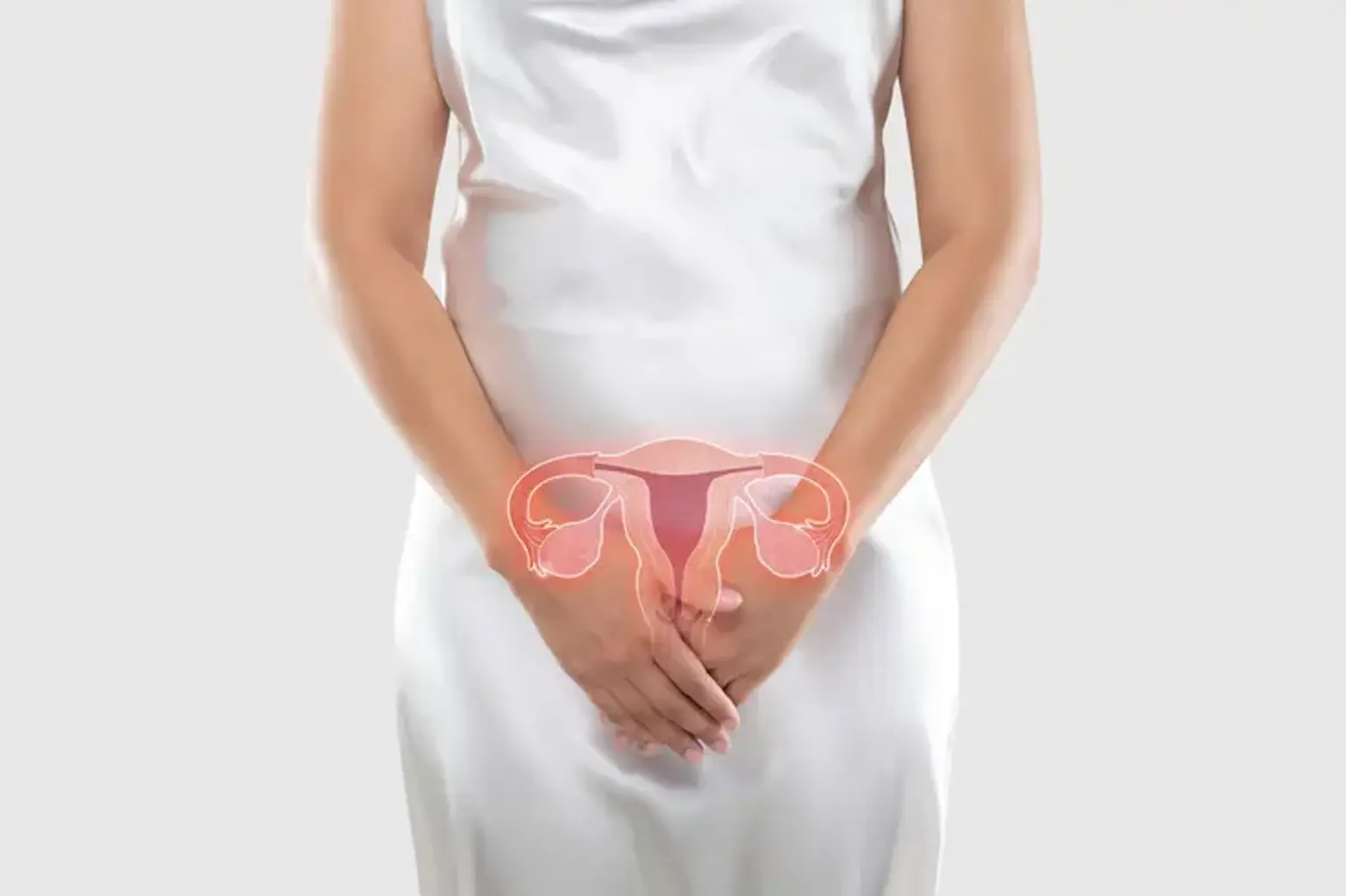Gynecological surgery
Overview
Obstetrics and gynecology are two disciplines that deal with the female reproductive system. While obstetrics deals with pregnancy and the procedures and issues that come with it, gynecology treats women who are not pregnant. Gynecology encompasses both medical and surgical specialties. While many gynecological disorders require hormonal and other pharmaceutical treatment, malignancies, fibroids, and other gynecological ailments require surgical excision.
A gynecologist is a physician who focuses on female reproductive health. They detect and treat problems with the female reproductive system. The uterus, fallopian tubes, ovaries, and breasts are all included. Anyone having feminine organs should consult a gynecologist. 80% of those who see one are between the ages of 15 and 45.
Gynecologic surgery involves the removal of any component of a woman's reproductive system, such as the vagina, cervix, uterus, fallopian tubes, and ovaries. Gynecologic surgeons frequently perform surgeries on a woman's urinary tract, including the bladder.
